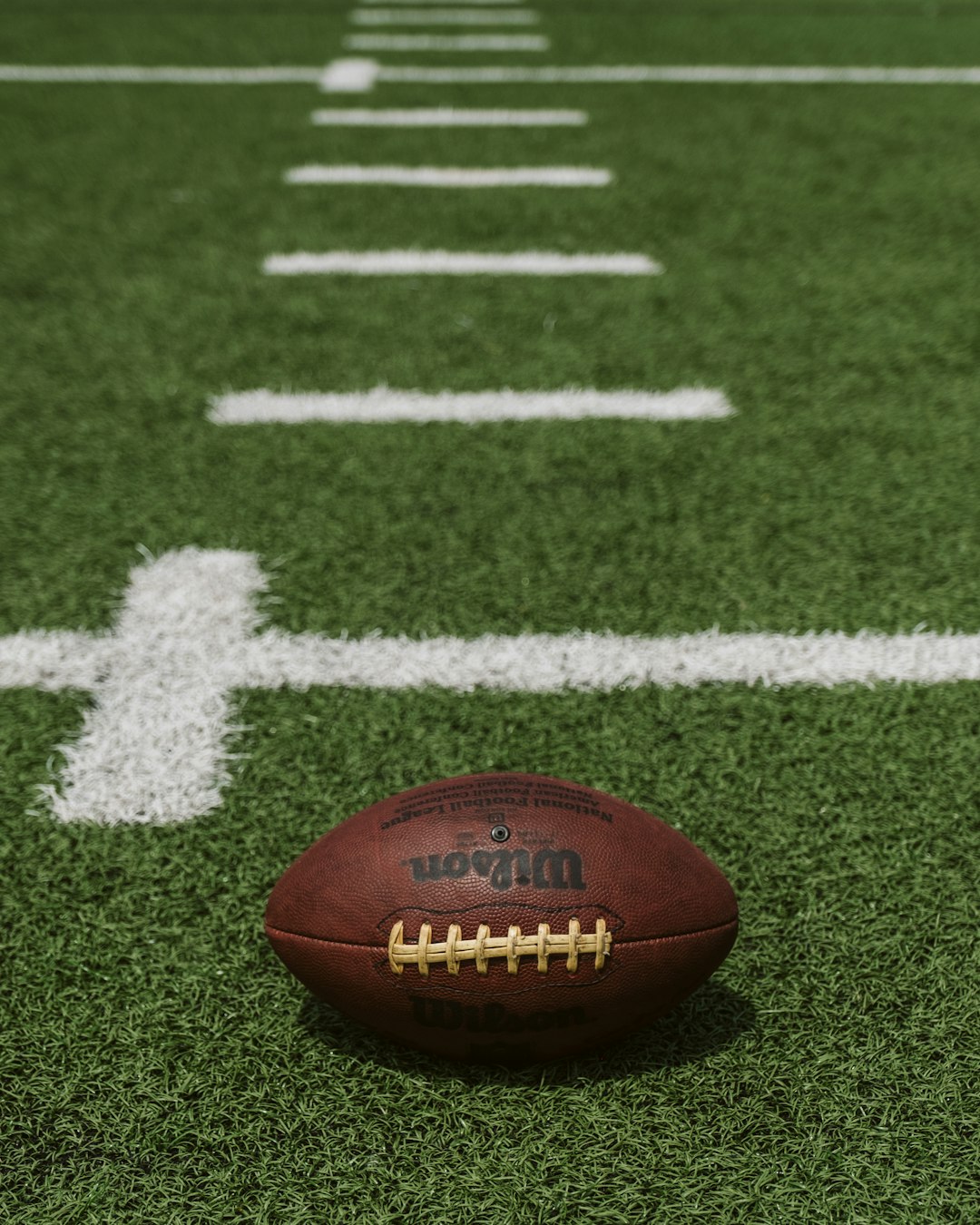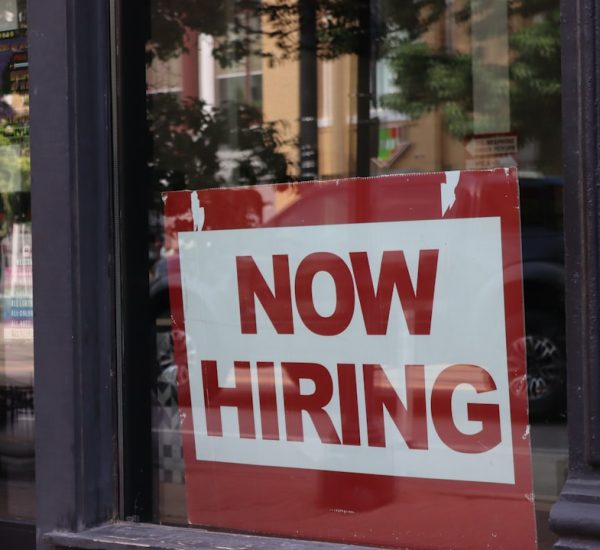Betting on NFL football is one of the most popular forms of sports wagering in the United States. While it presents an exciting opportunity to test one’s predictive abilities, it is essential to understand the various factors that influence betting odds. These odds are not arbitrary — they are crafted by sportsbooks using a mix of data, analytics, and expert insight. To make informed bets, one must grasp the key elements that cause odds to shift both before and during games.
1. Team Performance and Statistics
The most fundamental factor affecting NFL betting odds is the overall performance of teams. Metrics such as win-loss record, offensive and defensive rankings, and recent performance trends play a significant role in shaping the odds. Bookmakers analyze extensive statistical data, including:
- Points scored and allowed
- Turnover margins
- Third-down conversion rates
- Red zone efficiency
Betting lines often reflect not just season-long metrics but also developments from recent weeks. For instance, a team that has won five straight games may receive shorter odds than its seasonal average might otherwise justify.

2. Injuries and Player Availability
Player injuries can drastically alter a team’s chances of winning — and subsequently change the betting odds. When star players such as a starting quarterback or key defender are injured, sportsbooks will often adjust the odds immediately. For example, the absence of a franchise quarterback can cause the point spread to move by as much as 6 to 7 points.
It’s not just big names either. The loss of a core offensive lineman or defensive tackle can impact team dynamics significantly. Moreover, suspensions and illness reports due to league protocols also play a role in these adjustments.
3. Weather Conditions
Weather is an often underestimated aspect of NFL betting. Rain, snow, and high winds can hinder passing accuracy, favoring teams with a stronger ground game. Cold weather can affect kicking performance, lowering scoring totals and impacting the over/under lines set by sportsbooks.
For example, games played in outdoor stadiums in northern cities such as Green Bay and Buffalo in December tend to have lower point totals due to the weather’s effect on gameplay.
4. Public Betting Trends and Market Movement
Another key factor in NFL betting odds is the influence of public sentiment and betting volume. When a large number of bettors place money on one team, bookmakers might shift the line to balance risk. For example, if the majority of the public backs the Dallas Cowboys as a 3-point favorite, oddsmakers may reduce the spread to 2.5 points to attract more action on the opposing team.
This balancing act ensures the bookmakers mitigate potential losses, making it important for sharp bettors to monitor how odds evolve throughout the week.
5. Home-Field Advantage
Traditionally, playing at home confers a slight edge that is often built into the odds. This advantage stems from factors like travel fatigue for the visiting team, familiarity with the stadium, and crowd support. On average, home-field advantage accounts for roughly 2.5 to 3 points in the point spread. However, this metric varies — some stadiums offer more advantage due to extreme weather or enthusiastic fan bases.

6. Coaching Strategies and Matchups
Another intricate factor is the impact of coaching. Strategic differences between coaching staffs — such as aggressive versus conservative playstyles — can influence not just the game’s outcome but also how the game is expected to unfold. For example, a coach who favors passing in fourth-down situations can affect the total point projections.
Additionally, head-to-head history between coaches, the effectiveness of coordinators, and specific matchups (like a strong pass rush against a weak offensive line) are all factored into oddsmakers’ calculations.
7. Schedule and Rest Days
The NFL schedule can be grueling, and the timing of games matters. Teams coming off short weeks, such as playing on Monday night and then again on Sunday, may be at a disadvantage compared to well-rested teams. Bye weeks and extended rest after Thursday night games often create scheduling advantages that are reflected in the betting line.
Conclusion
NFL betting odds are shaped by a multitude of interconnected factors, all of which demand close attention. From player injuries and statistical performance to public sentiment and weather, each element can shift a line considerably. For serious bettors, knowing what drives these changes provides a competitive edge and enhances the value of each wager.
Understanding the basics is the first step toward smarter and more strategic NFL betting.


